Pomona CA Water Damage Restoration: Cost & Expert Guidance

Water damage restoration in Pomona, CA, requires swift action to assess, contain, and dry areas, pre…….
In the bustling metropolis of Pomona, California, water damage restoration services are an essential component of maintaining a safe and habitable environment. The cost associated with these restorative processes is a critical aspect that homeowners, businesses, and insurance providers alike must understand to ensure effective management of water-related incidents. This article delves into the intricate world of water damage restoration, focusing specifically on the cost factors unique to Pomona, CA. By exploring various facets, from economic considerations to technological advancements and regulatory frameworks, readers will gain valuable insights into managing and budgeting for water damage restoration expenses in this vibrant city.
Definition: Cost for Water Damage Restoration refers to the expenses incurred during the process of repairing and restoring properties affected by water damage. This includes a range of services from initial assessment, extraction, drying, dehumidification, to reconstruction and rebuilding efforts. In Pomona, California, these costs can vary significantly based on several factors, including the scope of damage, property type, location, and availability of specialized restoration services.
Core Components:
Assessment and Inspection: The initial step involves a thorough inspection to determine the extent of water damage. This includes assessing structural integrity, identifying affected areas, and documenting the condition of the property.
Water Extraction: Professionals use advanced equipment to remove standing water from the affected areas, aiming to minimize mold growth and secondary damage.
Drying and Dehumidification: This critical phase involves using specialized drying equipment and dehumidifiers to reduce moisture levels, ensuring a healthier and faster restoration process.
Repair and Reconstruction: Depending on the severity of damage, this may include structural repairs, replacement of water-damaged materials (like drywall, flooring, or insulation), and rebuilding efforts.
Disinfection and Mold Remediation: In cases where mold growth is a concern, specialized cleaning agents and methods are employed to remove and prevent further mold proliferation.
Historical Context:
The importance of effective water damage restoration has evolved over time, especially with the increasing frequency and severity of natural disasters globally. Pomona, being located in Southern California, is no stranger to earthquakes and occasional flooding events, which underscore the need for robust water damage restoration capabilities. Historically, the cost of these services has been influenced by technological advancements, changing building codes, and evolving consumer expectations.
Significance:
Understanding the cost for water damage restoration in Pomona CA is vital for several reasons:
Financial Planning: Homeowners and businesses can budget effectively and avoid unexpected financial burdens by being aware of potential costs.
Insurance Claims: Accurate knowledge of restoration costs aids policyholders in navigating insurance claims processes, ensuring they receive adequate compensation.
Community Preparedness: Recognizing the economic implications of water damage encourages residents to invest in preventive measures, such as waterproof flooring or improved drainage systems.
The global water damage restoration market has witnessed substantial growth due to increasing urbanization, changing climate patterns, and rising property values. According to a report by Market Research Future (MRFR), this market is projected to reach USD 123.7 billion by 2027, growing at a CAGR of 6.4% from 2020 to 2027. This global trend reflects the universal need for efficient water damage restoration services.
Regional Variations:
North America: The United States and Canada lead in terms of market size and technological advancements, with California (including Pomona) being a key contributor due to its frequent water-related incidents.
Europe: Countries like the UK, Germany, and France have robust restoration markets driven by strict building codes and stringent environmental regulations.
Asia-Pacific: Rapid urbanization in countries like China and India is driving market growth, while Japan stands out for its advanced technology and high standards in restoration services.
The water damage restoration industry in Pomona, CA, operates as a specialized segment within the broader construction and property management sectors. Local businesses range from small, family-owned operations to large, national franchises. Competition among providers can influence pricing strategies, with some companies offering competitive rates for specific services while others focus on comprehensive packages.
Investing in water damage restoration services is a strategic move for several reasons:
Growing Demand: With increasing property values and an aging infrastructure, the risk of water damage rises, ensuring consistent demand for these services.
Preventive Measures: Businesses can reduce long-term costs by offering restorative services as part of comprehensive maintenance plans for clients.
Specialized Equipment: Investing in advanced drying equipment and restoration technologies allows companies to offer faster, more efficient services, potentially gaining a competitive edge.
The cost of water damage restoration contributes to the local economy in several ways:
Employment: It supports job creation, from skilled technicians to administrative staff, contributing to Pomona’s employment landscape.
Business Revenue: Restoration companies generate revenue, which circulates within the community through supplier networks and local business partnerships.
Emergency Services: Rapid response to water damage can prevent secondary losses, ensuring businesses remain operational and residents can return home sooner. This indirectly supports economic stability in affected areas.
Technological innovations have revolutionized the field of water damage restoration:
Advanced Drying Technologies: The introduction of advanced dehumidifiers and air movers has significantly improved drying times, reduced moisture levels, and minimized mold growth potential.
Moisture Detection Sensors: These sensors provide real-time data on moisture levels, enabling technicians to make informed decisions during the restoration process.
Water Extraction Machines: Powerful water extraction equipment with variable suction capabilities can efficiently remove large volumes of water while minimizing damage to affected structures.
Digital Documentation and Modeling: 3D modeling software and digital documentation tools enhance project management, allowing for precise estimates, efficient scheduling, and better client communication.
Regulatory frameworks play a crucial role in shaping the water damage restoration industry:
Building Codes: Pomona, like many cities, adheres to specific building codes and standards, including requirements for flood protection and moisture barriers. Compliance with these codes is essential for property owners and contractors alike.
Environmental Regulations: Strict environmental regulations govern the disposal of contaminated materials, especially in cases where mold remediation is required. Companies must adhere to proper waste management practices to avoid legal repercussions.
Licensing and Certification: Restoration companies in California must obtain specific licenses and certifications, ensuring they meet industry standards and possess the necessary expertise.
Insurance Regulations: Insurance providers have specific guidelines regarding water damage restoration claims, including approved methods for documentation and repair. Understanding these regulations is vital for policyholders when filing claims.
Despite its advancements, the water damage restoration industry faces several challenges:
Labor Shortages: Skilled technicians are in high demand, leading to labor shortages, particularly in areas with frequent water damage incidents. This can result in longer response times and higher costs.
High Initial Costs: Advanced equipment and specialized training require substantial upfront investments for companies, which can be a barrier for small businesses entering the market.
Customer Perception: Some property owners may underestimate the scope of water damage, delaying restoration efforts and increasing secondary damages. Educating customers about the importance of prompt action is essential.
Proposed Solutions:
Encouraging industry associations to develop training programs to address labor shortages and ensure a skilled workforce.
Offering incentives or grants for businesses investing in advanced restoration technologies.
Implementing public awareness campaigns to educate residents on the signs of water damage and the importance of immediate action.
In February 2019, heavy rainfall caused significant flooding in downtown Pomona, damaging numerous businesses and residential properties. Local restoration companies played a pivotal role in the recovery effort. One such company, “Rapid Response Restoration,” successfully restored several historic buildings, employing advanced drying techniques and meticulous mold remediation to prevent long-term structural damage. This case demonstrated the industry’s capability to handle large-scale disasters while ensuring the preservation of Pomona’s cultural heritage.
A multi-family residence in Pomona experienced pipe burst damage, leading to water infiltration in multiple units. “Eco-Clean Restoration” was hired to handle the restoration process. They utilized digital moisture mapping to identify affected areas, employed advanced drying equipment for swift results, and implemented an eco-friendly cleaning protocol for mold remediation. The project was completed within two weeks, showcasing efficient restoration practices that minimize disruption and costs.
The water damage restoration industry in Pomona CA is poised for growth and innovation:
Emerging Technologies: Virtual reality (VR) and artificial intelligence (AI) are potential game-changers, offering immersive project visualization and predictive analytics for restoration planning.
Sustainability Focus: There is a growing trend towards eco-friendly restoration practices, including the use of biodegradable cleaning agents and water recycling techniques to minimize environmental impact.
Remote Monitoring: Internet of Things (IoT) devices enable remote monitoring of moisture levels and environmental conditions, allowing for proactive maintenance and early intervention.
Specialized Services: As Pomona continues to grow, niche restoration services catering to specific property types (e.g., historical structures or high-end residences) are expected to expand.
Cost for water damage restoration in Pomona, CA, is a multifaceted issue that requires a comprehensive understanding of economic dynamics, technological advancements, and regulatory frameworks. By recognizing the evolving nature of this industry, residents, businesses, and policymakers can navigate the challenges and opportunities that lie ahead. Effective communication, continued education, and investment in advanced technologies will be key to ensuring Pomona remains resilient in the face of water-related incidents while maintaining a sustainable and economically vibrant community.
Q: How do I know if I need professional help for water damage restoration?
A: If water damage is extensive, affects structural elements, or there’s potential mold growth, professional assistance is recommended. Signs include visible water stains on ceilings or walls, warped flooring, or musty odors.
Q: What should I do immediately after a water damage incident?
A: Turn off the main water supply to prevent further leakage, move valuable items to higher ground, and contact your insurance provider and a professional restoration company for guidance.
Q: How does climate change impact water damage risks in Pomona?
A: Climate change leads to more frequent and severe weather events, increasing the risk of flooding and water damage in Pomona. Higher temperatures also contribute to faster evaporation, potentially exacerbating mold growth issues.
Q: Are there any tax benefits for homeowners undergoing water damage restoration?
A: Yes, certain expenses related to water damage restoration may be deductible on your tax return, depending on local regulations and the cause of damage (e.g., natural disaster). Consult a tax professional for specific guidance.
Q: Can I perform water damage restoration myself if I have basic DIY skills?
A: While some minor water damage repairs are manageable for DIY enthusiasts, complex restoration tasks require specialized equipment and expertise. Attempting to handle severe cases without proper training can lead to further damage and health risks. Professional assistance is recommended for peace of mind and a more effective outcome.

Water damage restoration in Pomona, CA, requires swift action to assess, contain, and dry areas, pre…….
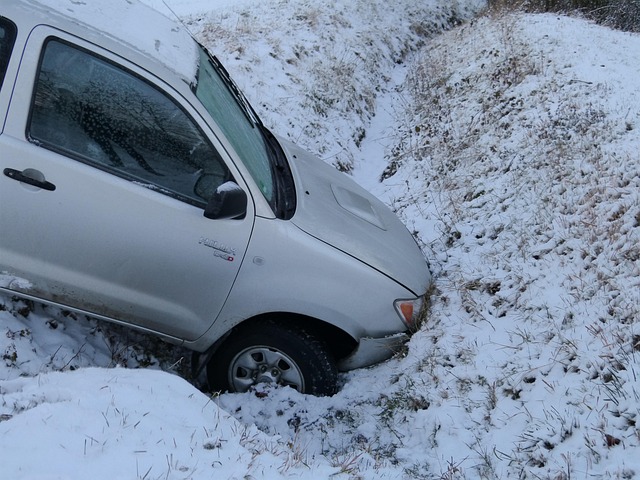
The Cost For Water Damage Restoration Pomona CA varies based on damage extent, property size, pre-ex…….
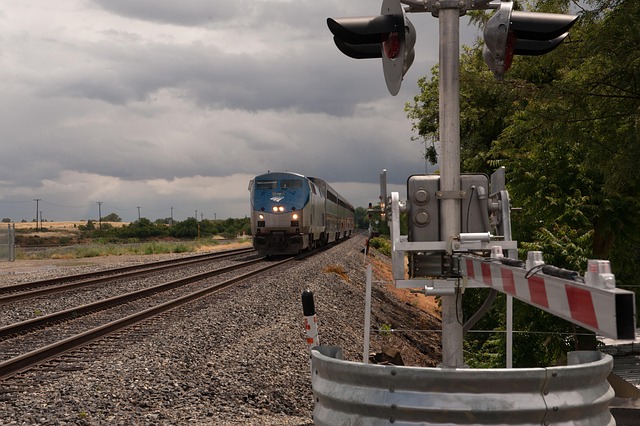
Pomona homeowners face unique water damage risks due to varied climate. Quick action, including asse…….

Water damage restoration in Pomona, CA involves a specialized process to recover from floods or wate…….
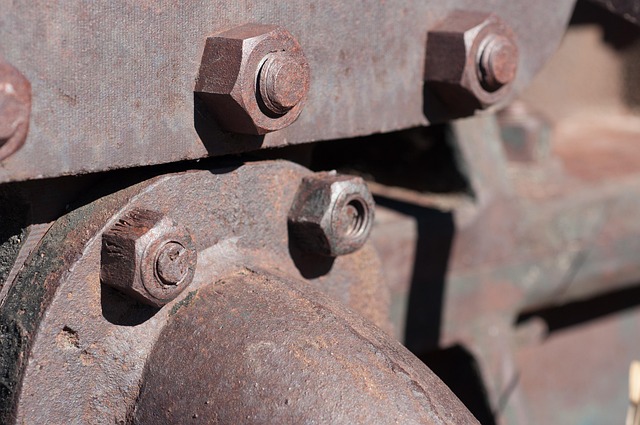
Water damage restoration in Pomona, CA, involves assessment, personalized drying/repair plans, advan…….

Water damage restoration in Pomona, CA, requires professional expertise due to seasonal flooding ris…….
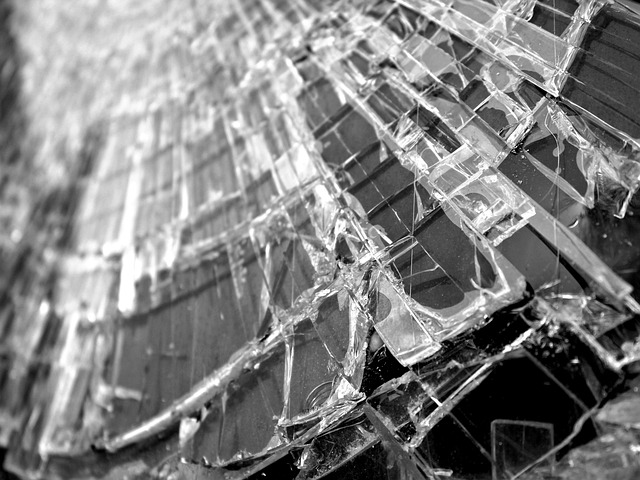
After fires in Pomona, CA, professional water damage restoration is vital to prevent further harm. E…….

Water damage restoration in Pomona, CA, involves specialized equipment and expertise to minimize cos…….
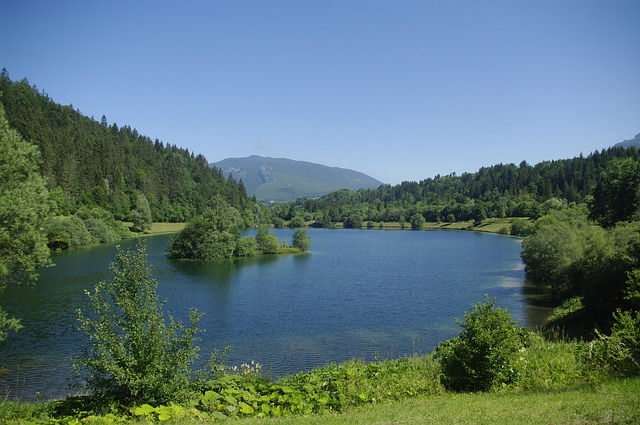
Water damage restoration in Pomona, CA, requires swift action from specialized professionals. The pr…….
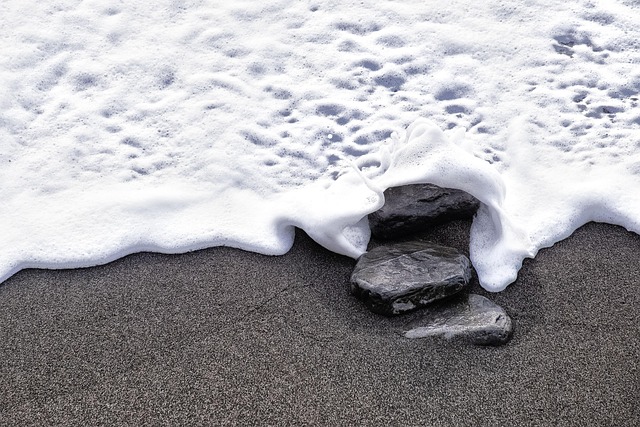
Cost For Water Damage Restoration Pomona CA varies based on damage extent and property condition. Sw…….